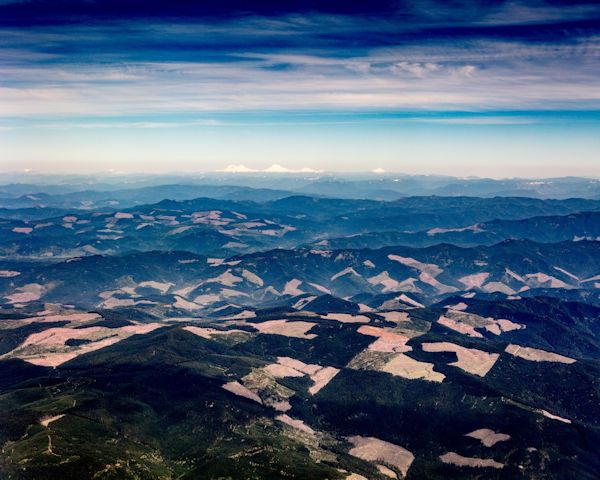Dennis Dimick has focused his journalism career on the collision between human aspiration and the planet. The son of fisheries biologists, Dimick grew up on a farm in Oregon’s Willamette Valley, and he holds degrees in agriculture and agricultural journalism from Oregon State University and the University of Wisconsin-Madison. In his 35 years at National Geographic, he served for over a decade as the magazine’s environment editor, and guided major projects on climate change, energy, freshwater, population, and food security. Dimick is co-founder of Eyes on Earth, a project meant to inspire a new generation of environmental photographers.
As a young man, Dimick witnessed firsthand the price of progress when his family’s farm was cut in half by the construction of an interstate beltway. This invasion of their farm, in addition to the clear-cut logging of nearby forests where Dimick had spent his youth, combined to sensitize him to the profound impacts of human progress on the Earth. Early photography experience and his personal connection to the effects of human progress led to a life and career spent combining these two dimensions.

In anticipation of his participation in the 2018 Wisconsin Science Festival, I asked Mr. Dimick some questions about photojournalism, and what it’s like documenting the human impact on the environment. Some of his answers have been slightly edited for clarity.
What does it take to be a good environmental photographer?
Continue reading “Living in the Anthropocene: A Photojournalist’s Perspective”
